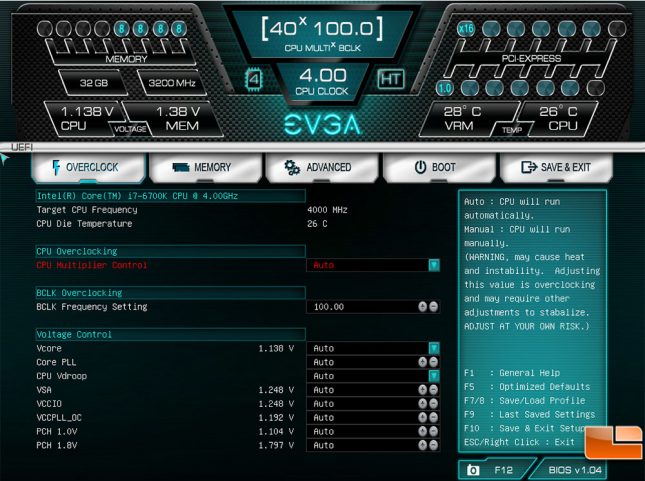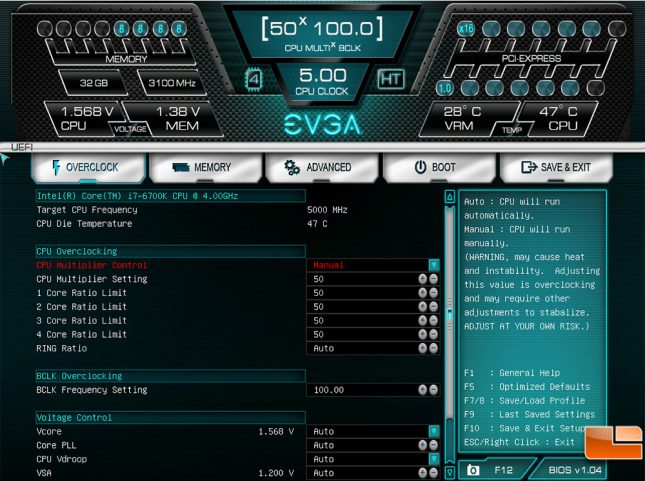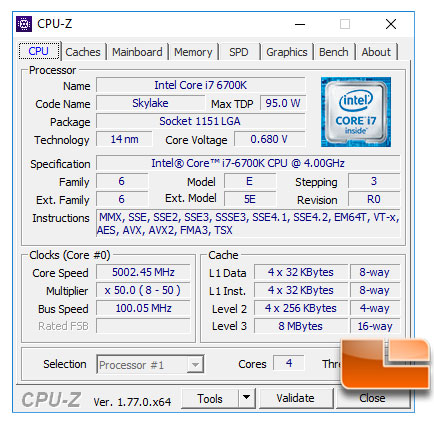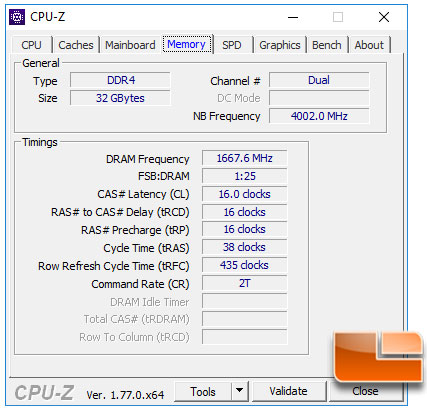EVGA Z170 Classified K Motherboard Review
BIOS and Overclocking
We have been using the same hardware throughout the Intel 1151 processor testing, we have been successful at overclocking the Intel i7-6700K to a stable 4.9GHz, with a BSOD at any attempt to go faster. The Kingston Fury DD4 kit we were able to get it 3000MHz, with failures beyond that. Let’s take a look at the process and see how the EVGA Z170 Classified K does with overlocking the test system.

As we are familiar with the EVGA BIOS after working with the EVGA Z170 FTW, we know exactly what needs to be done in order to overclock this system. At the main BIOS screen we adjust the CPU Multiplier Control from Auto to Manual, now we can adjust the CPU Mutiplier to do some simple overclocking. We will adjust the CPU Multiplier to start at 45 (4.5GHz), once we boot successfully, we will run several benchmarks to check for stability. Assuming these are successful, we will increase the multiplier by 1, until we get a failure.

Following our standard process, we were able to get the Intel i7-6700K to boot up at 5GHz, and successfully run the benchmarks. Going beyond that, we would have various failures to boot or run the benchmarks.

Taking a look at the Kingston HyperX Fury DDR4 memory kit, we see that it has an XMP setting to run at 2666MHz. Across all the Z170 motherboards we have tested, we have been able to overclock the memory up to around 2933MHz, however the EVGA Z170 FTW, we were able to have the same memory kit run the benchmarks successfully up to 3000MHz, which has been the fastest we have been able to get the memory to run across all the Z170 motherboards.

The EVGA Z170 Classified K with the Kingston HyperX Fury DDR4 memory was rock solid at 3200MHz. It would boot and run at 3333MHz, however we would get random errors and crashes. Trying to boot beyond that, we would fail to boot and require a BIOS reset to try again.
EVGA has ranked their three Z170 motherboards in overclocking friendliness, the Classified K gets their Best Overclocking rating, and it is easy to see why. First, the CPU was overclocked to 5GHz simply by adjusting the CPU Multiplier to 50. Then overclocking the memory was just as easy, adjusting the memory clock to 3200MHz we were able to run perfectly stable. With both of these combined, we have surpassed our previous overclocking record for this test hardware. For all overclocking testing, we will run the CPU at 5GHz and the Kingston Fury DDR4 memory at 3200MHz.
